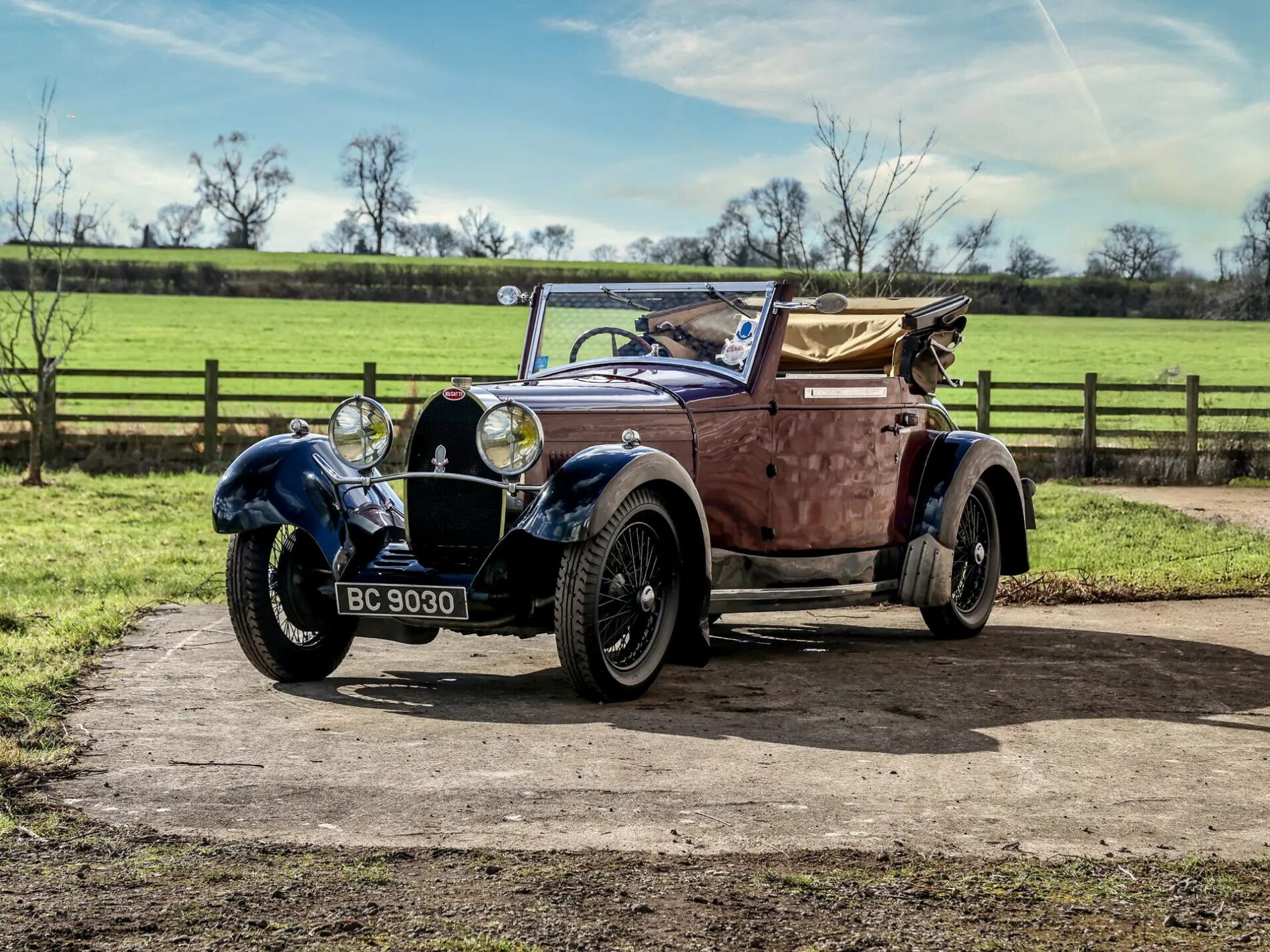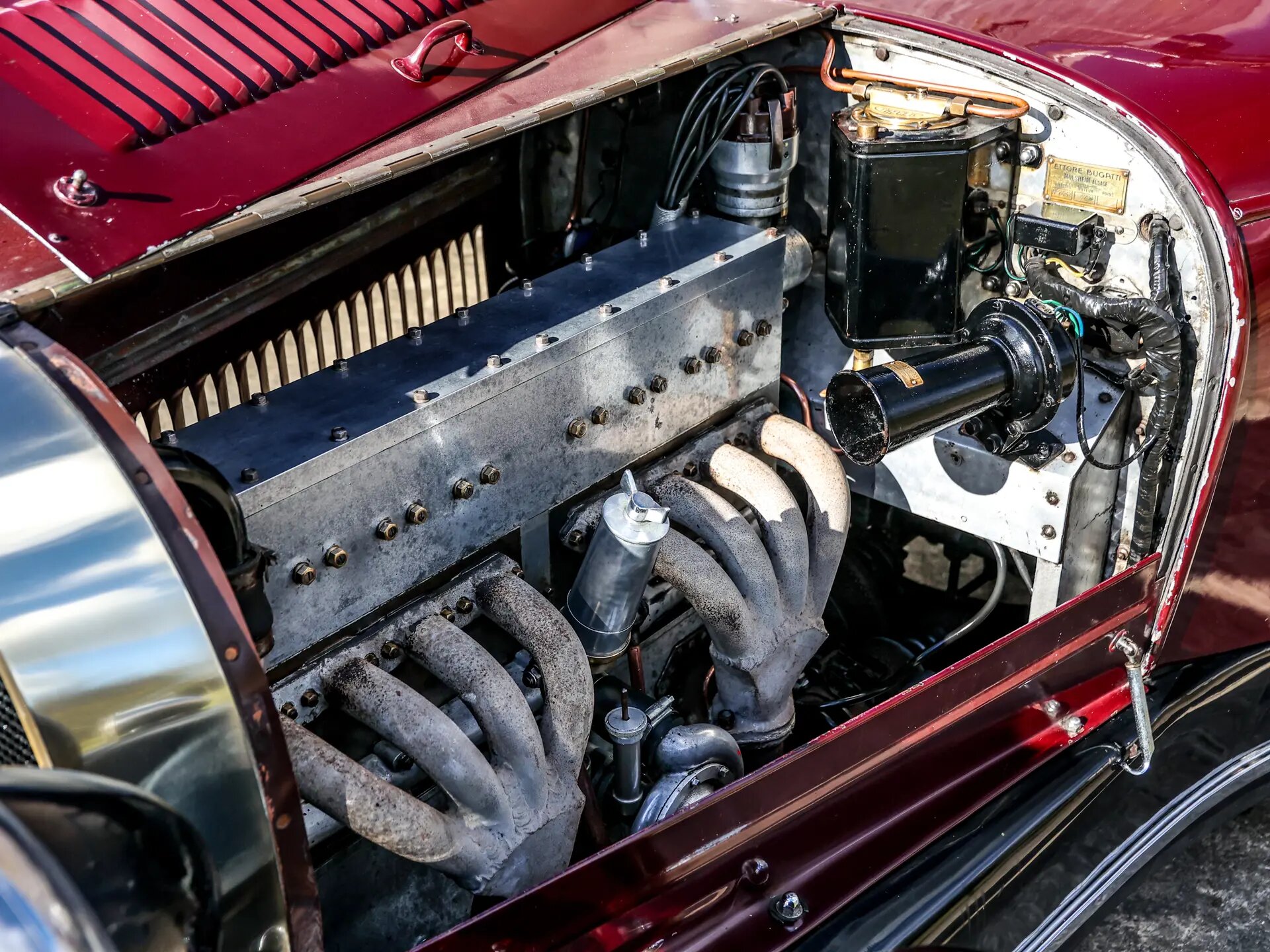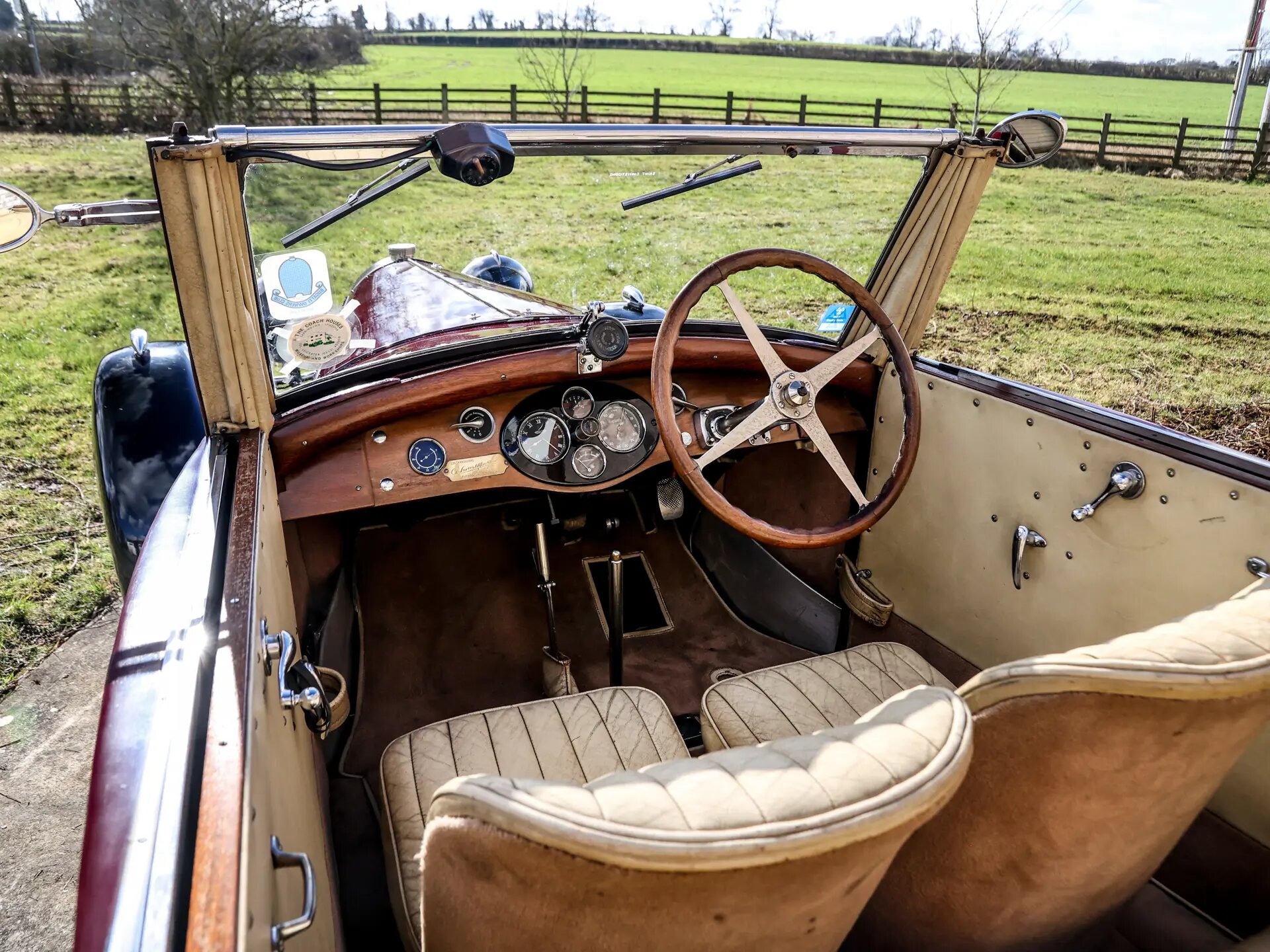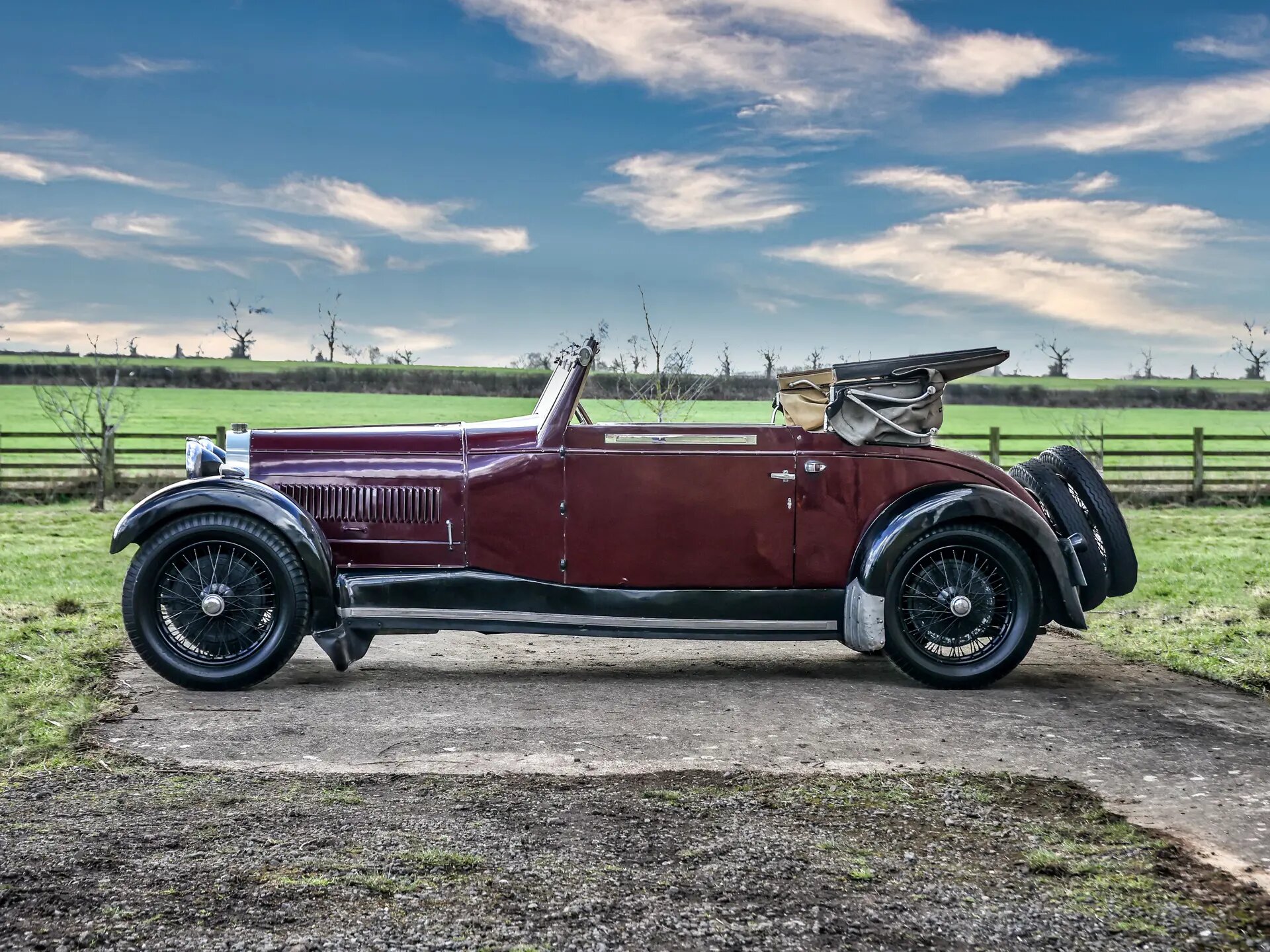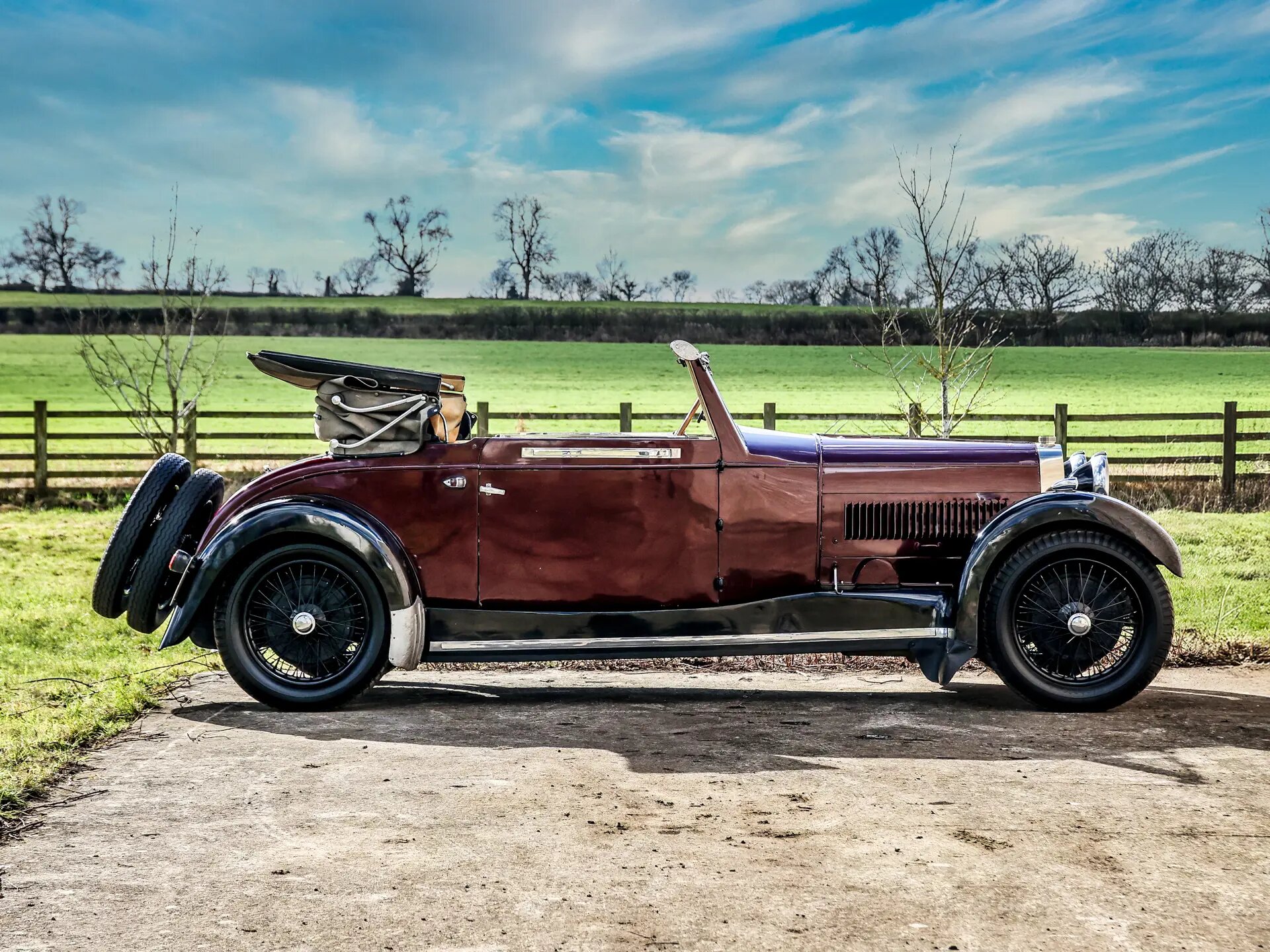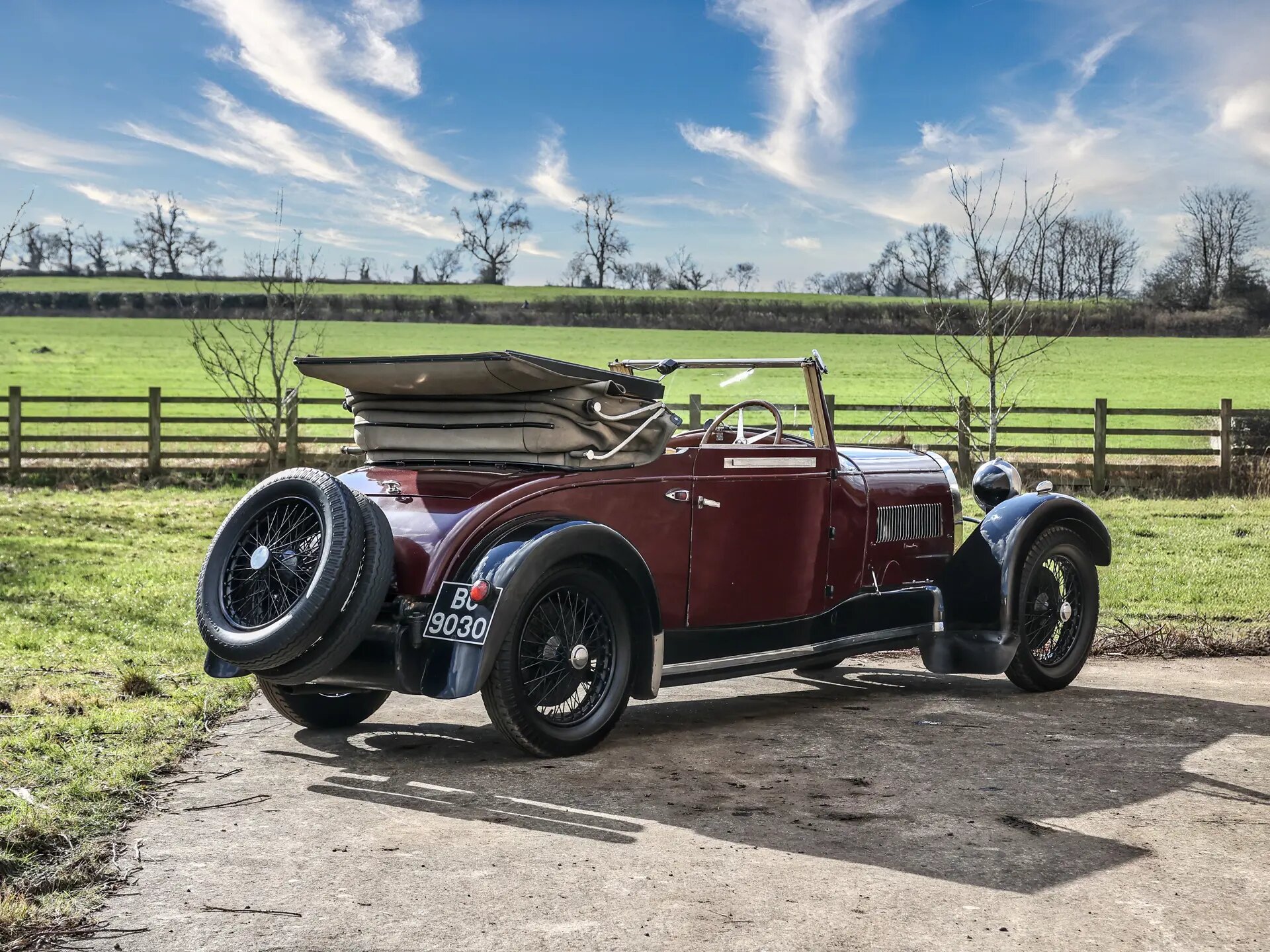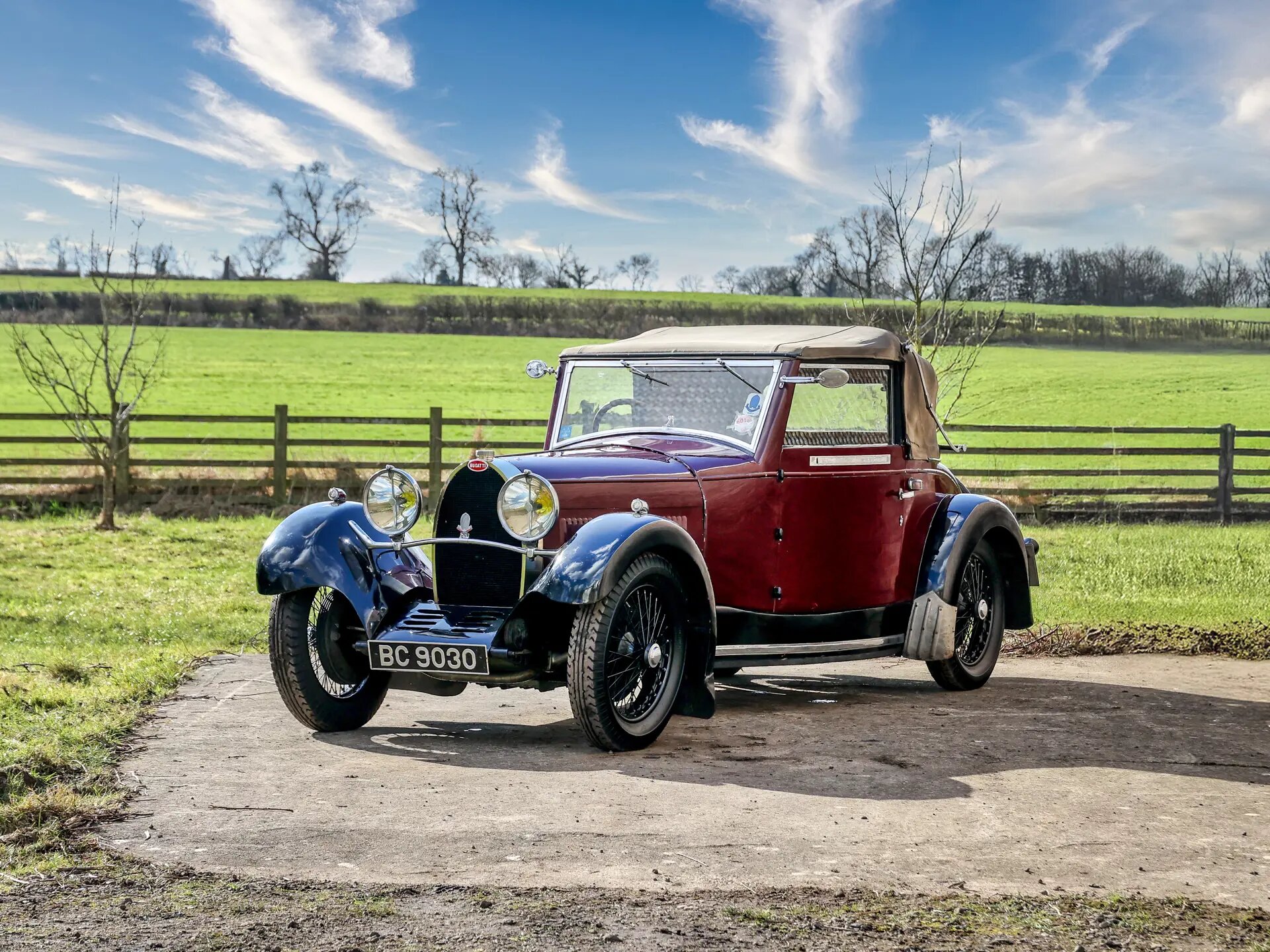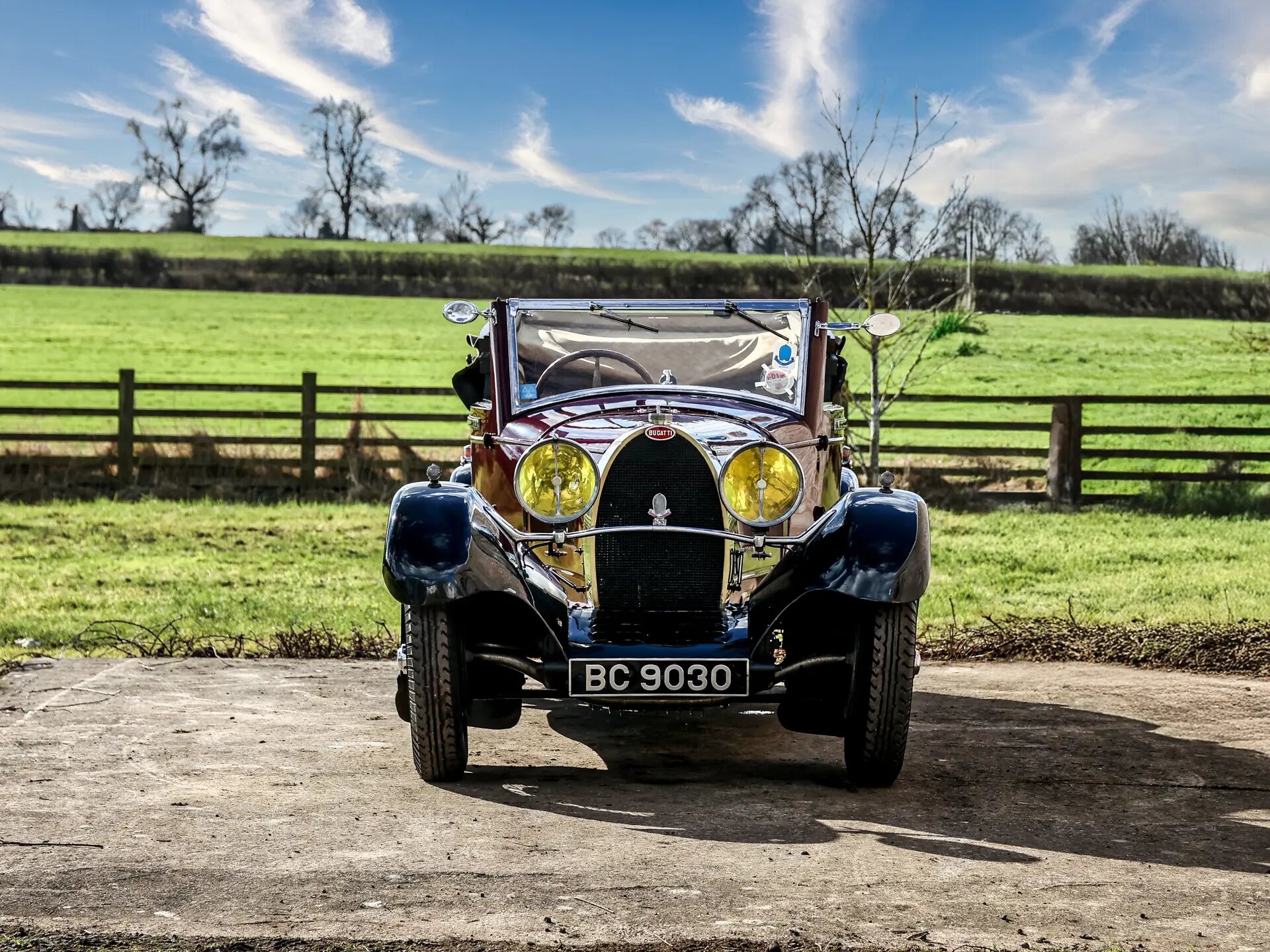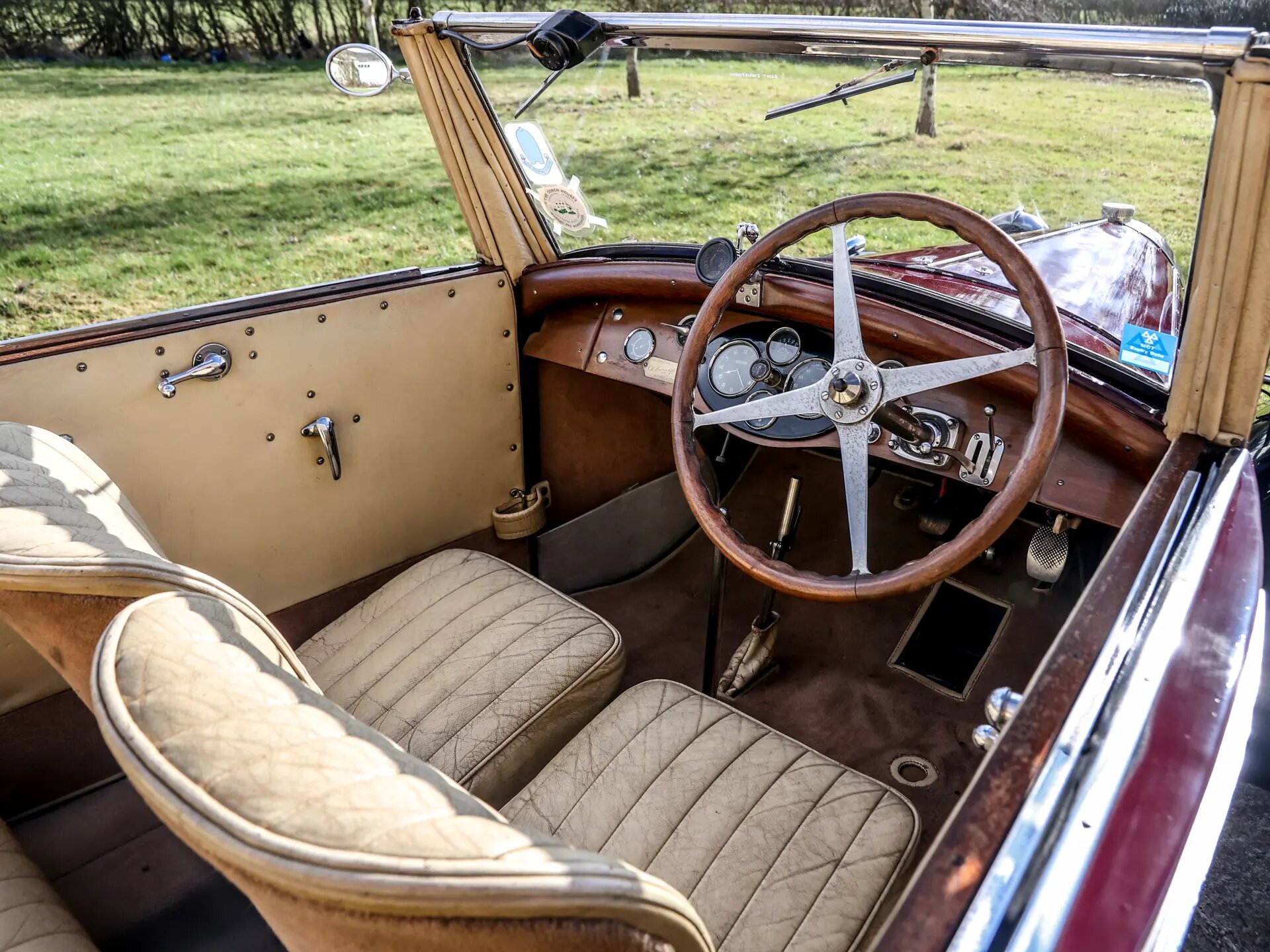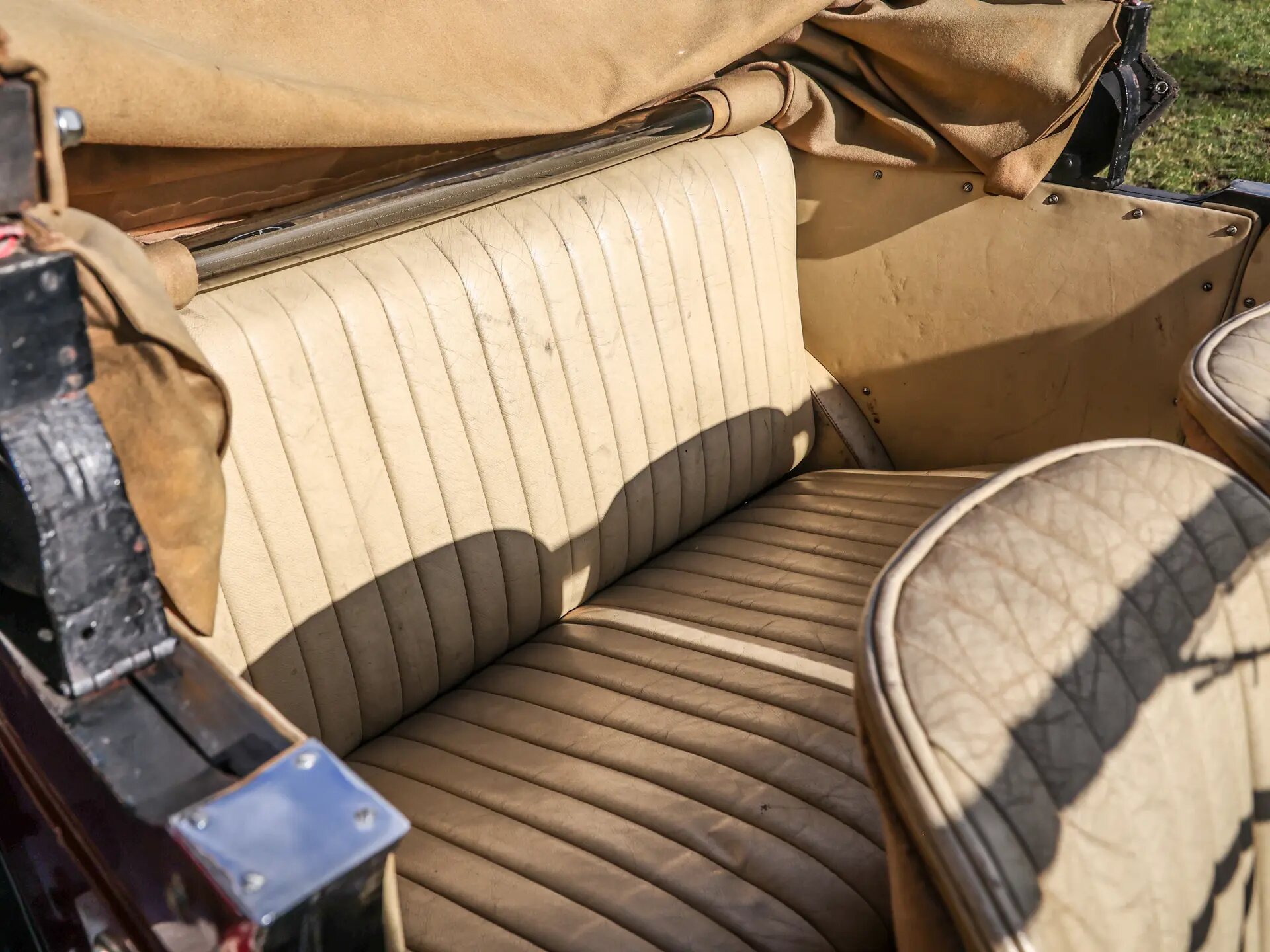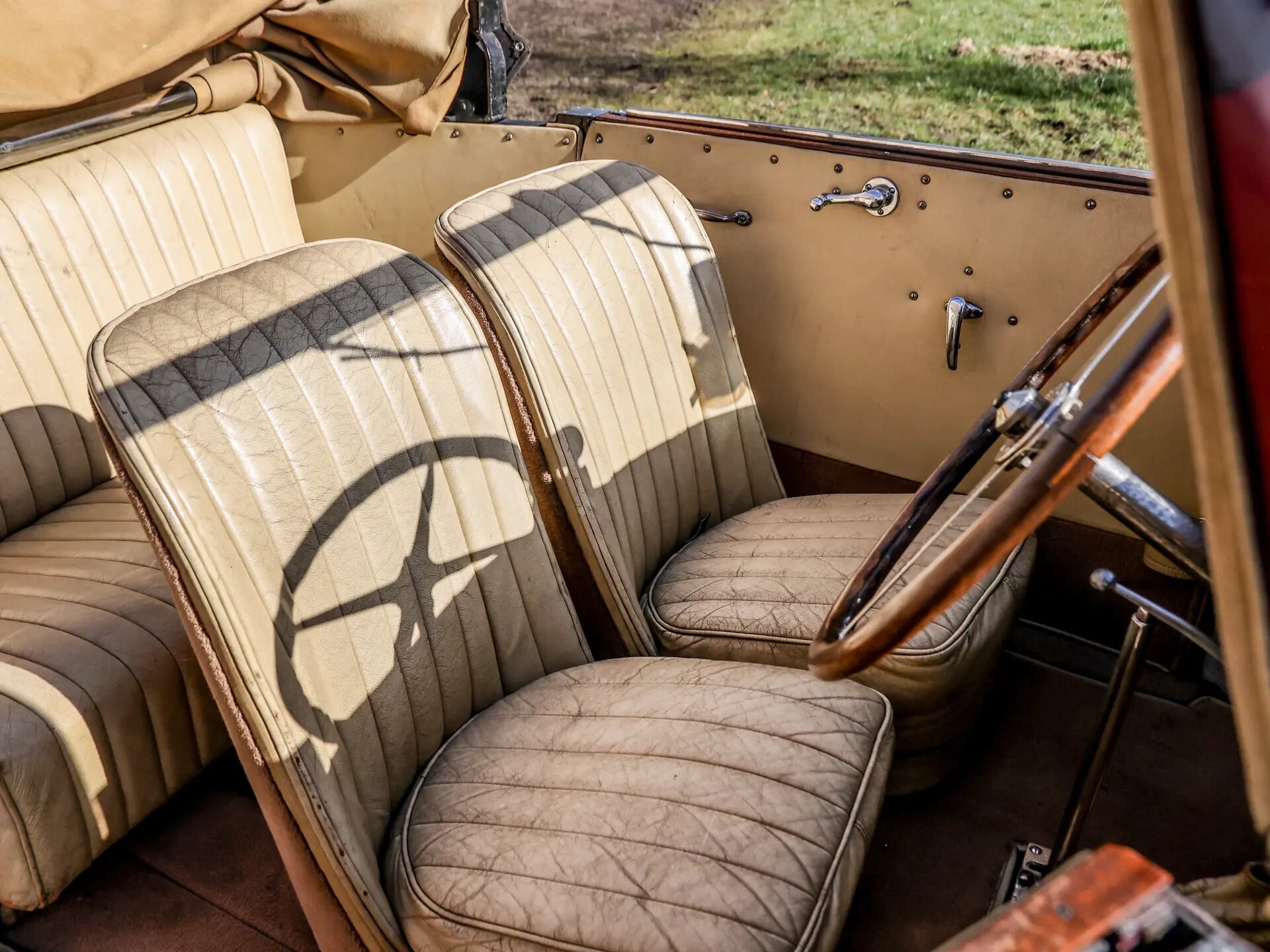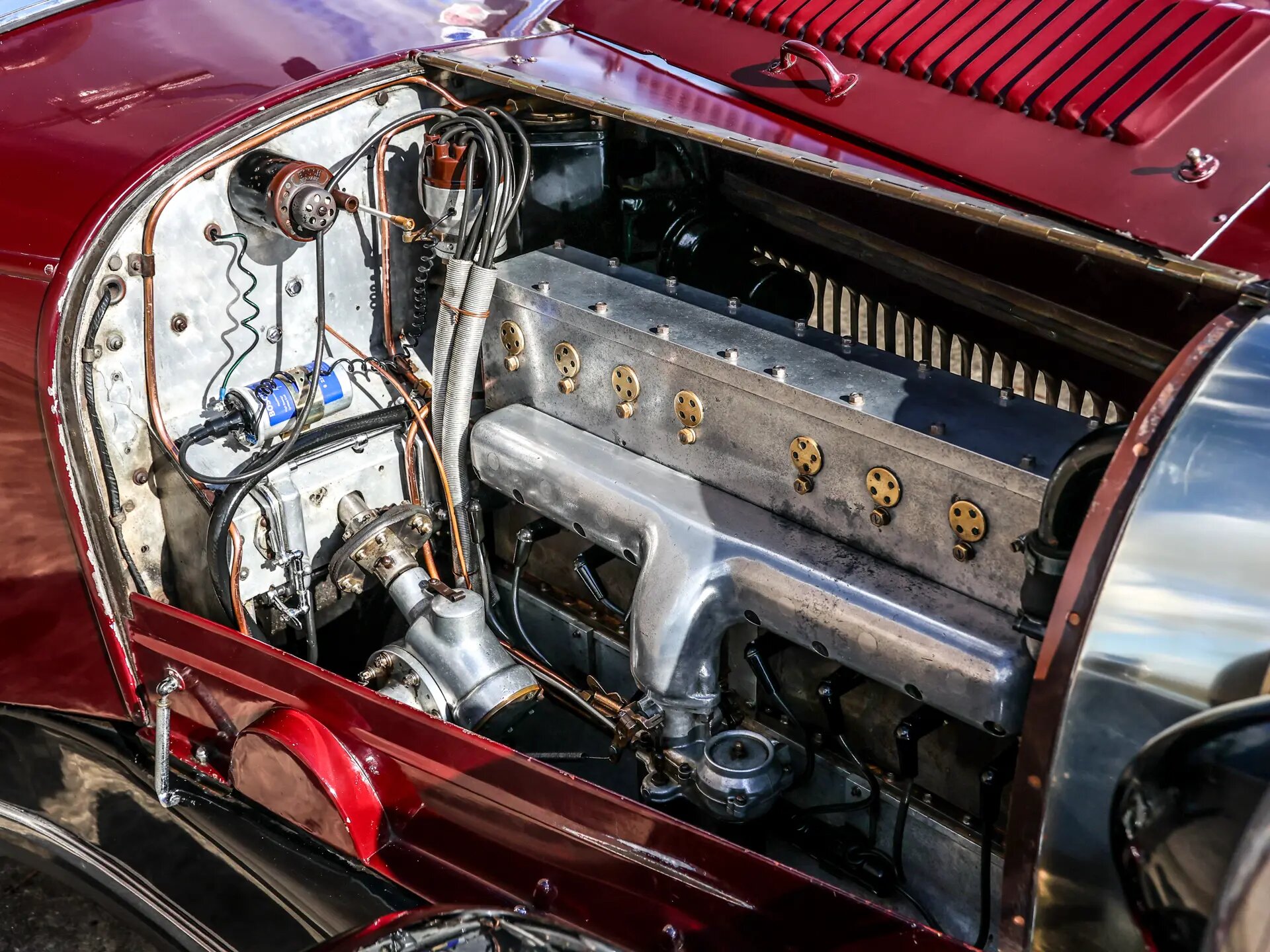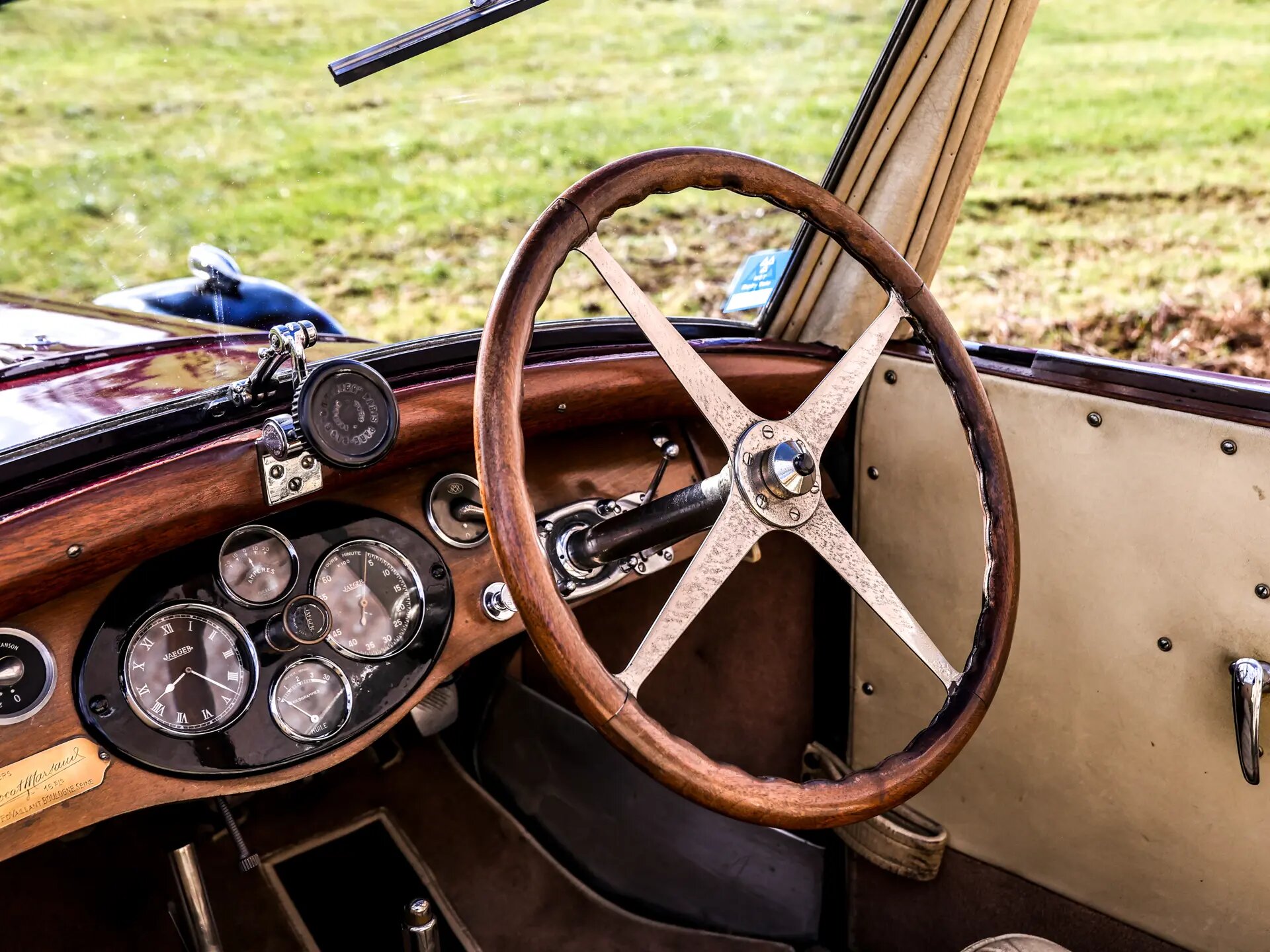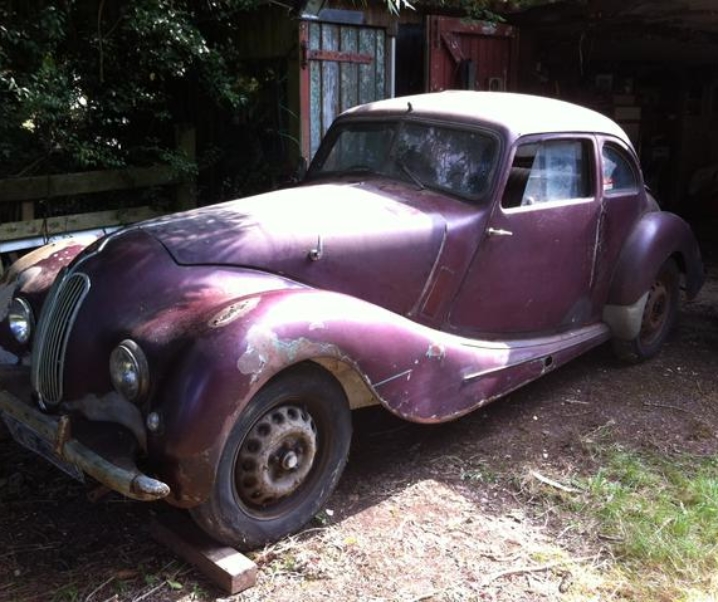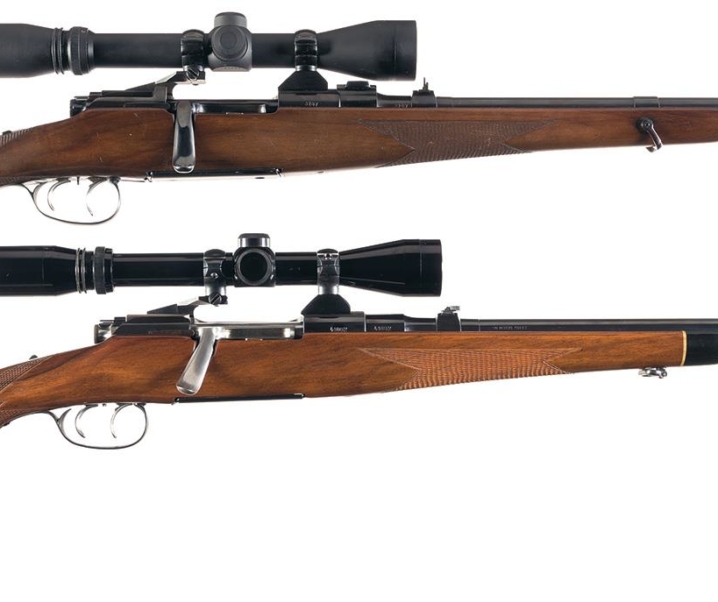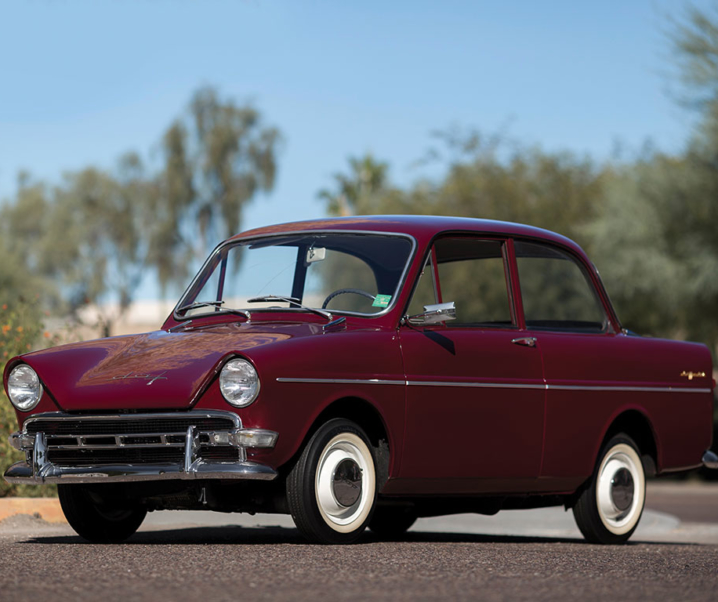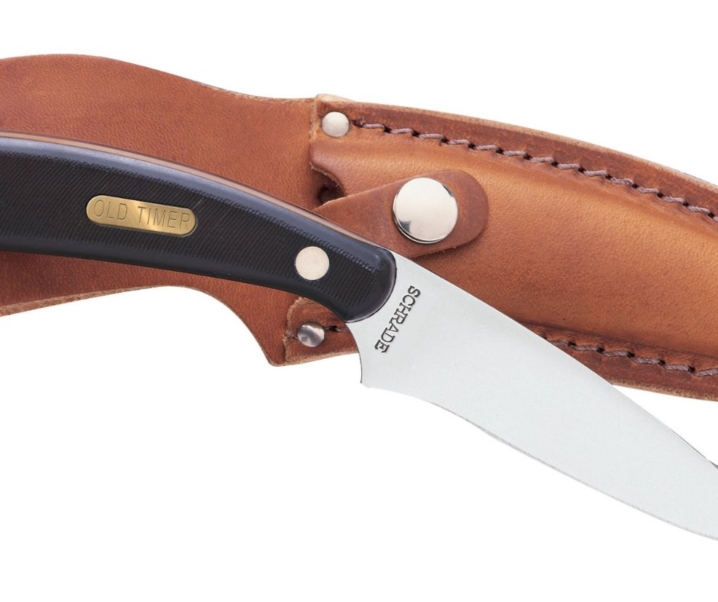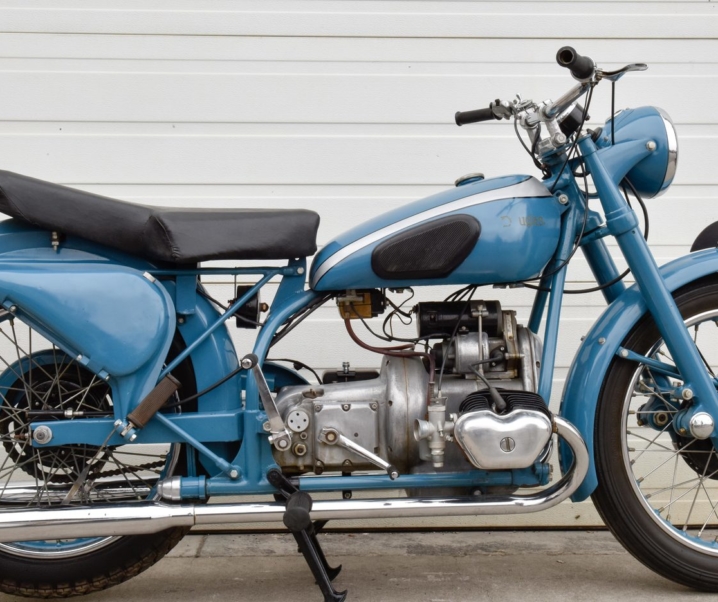The Bugatti Type 44 made its debut at the Paris Motor Show of 1927. This was a Bugatti intended as a comfortable and easy to drive road touring car: smooth and docile, yet sporty with more than adequate power from its straight eight SOHC engine.
Fast Facts
- The Bugatti Type 44 made its debut at the Paris Motor Show of 1927
- The Type 44 was made to be a “daily driver” road car providing sporting performance in a docile and easy to drive automobile.
- The engine of the Type 44 was a naturally aspirated straight eight with two four cylinder cast iron blocks on a common crankcase. This SOHC engine featured three valves per cylinder.
- A 1929 Type 44 Bugatti with coachwork by Boulogne coachbuilder Lavocat et Marsaud is coming up for sale by RM Sotheby’s at their Cliveden House Auction on July 8, 2025.
The Bugatti Type 44 was part of a line of Bugatti models that began with the Type 30 and progressed through the Types 40, 43 and 44, before culminating in the Type 49.
The Type 44 featured a new variation of the straight eight used in the Type 43 but with conventional aspiration and larger capacity: the Type 43 had a capacity of 2,262 cc (138 cu.in.), and the new Type 44 engine was of 2,991 cc (182 cu.in.).
The Type 44’s straight eight had two four cylinder blocks sitting on a common crankcase. The engine was SOHC with three valves per cylinder – two inlet valves and one exhaust.
This engine was intended to be an easy to drive “daily driver” rather than a supercharged slightly de-tuned racing engine like the Type 43. So the conventionally aspirated Type 44 engine produced 80 bhp and could take the car to a top speed of 80 mph, which was faster than many of its contemporaries and certainly more than adequate for the roads of the time, and the tires of the time.
The Type 44 made its debut at the Paris Motor Show of 1927 and was appreciated as a more docile Bugatti made for comfortable driving and pleasant travel. It was noted for its easy gear changing and relatively quiet engine.
The soft purr of a docile straight eight is a pleasure to greet one’s ears.
Being a “daily driver” rather than a road going racing car the Type 44 was typically fitted with civilized coachwork for comfort rather than the austere lightness of a performance car. The chassis was 3,119 cm long, longer than common for Bugattis of the time.
A Bugatti Type 44 For Sale
Type 44 Bugattis tended to be fitted with coachwork that blended the car’s sporting pedigree with the desired civilized comfort of a road car. These body styles often exude lots of character, and one that is coming up for sale by RM Sotheby’s certainly fits that bill.
This Bugatti Type 44 is fitted with custom coachwork by Lavocat et Marsaud: who were a small coachbuilding house located at Boulogne-Billancourt (16 bis, avenue Édouard Vaillant).
Lavocat et Marsaud were a common coachbuilder for Bugatti cars and their work exhibits a great deal of artistic flair – as one would expect from a French design house of the “Roaring Twenties” era of fashion and style.
The coachwork of the sale car is conservative yet sporting, with a subtle use of curves featuring cycle-style front fenders and a curved ‘carriage sill’ below the doors.
The car was used by its first owner up until 1934 from which time it was used very little. The car was purchased in 1960 by DM Thompson, who subsequently sold the car on to Dr S Bayliss of Welwyn, Hertsfordshire who described this Bugatti as being original with the only exception being an enlarged rear window. At that time the car had approximately 100,000 miles on it.
The car was purchased from Dr Bayliss in 1968 and its new owner kept it in their private collection, with the only modification being the conversion of the original mechanical brakes to more efficient hydraulic.
This Type 44 Bugatti is coming up for sale on July 8, 2025 at RM Sotheby’s Cliveden House Auction.
You can find the sale page for this car with more details if you click here.
Picture Credits: All pictures courtesy Peter Seabrook @ RM Sotheby’s.
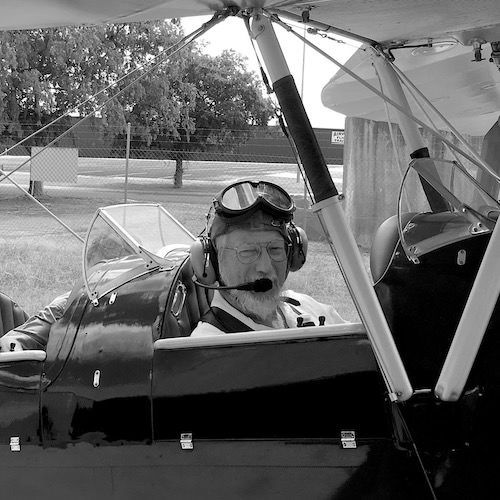
Jon Branch is the founder and senior editor of Revivaler and has written a significant number of articles for various publications including official Buying Guides for eBay, classic car articles for Hagerty, magazine articles for both the Australian Shooters Journal and the Australian Shooter, and he’s a long time contributor to Silodrome.
Jon has done radio, television, magazine and newspaper interviews on various issues, and has traveled extensively, having lived in Britain, Australia, China and Hong Kong. His travels have taken him to Indonesia, Israel, Italy, Japan and a number of other countries. He has studied the Japanese sword arts and has a long history of involvement in the shooting sports, which has included authoring submissions to government on various firearms related issues and assisting in the design and establishment of shooting ranges.

